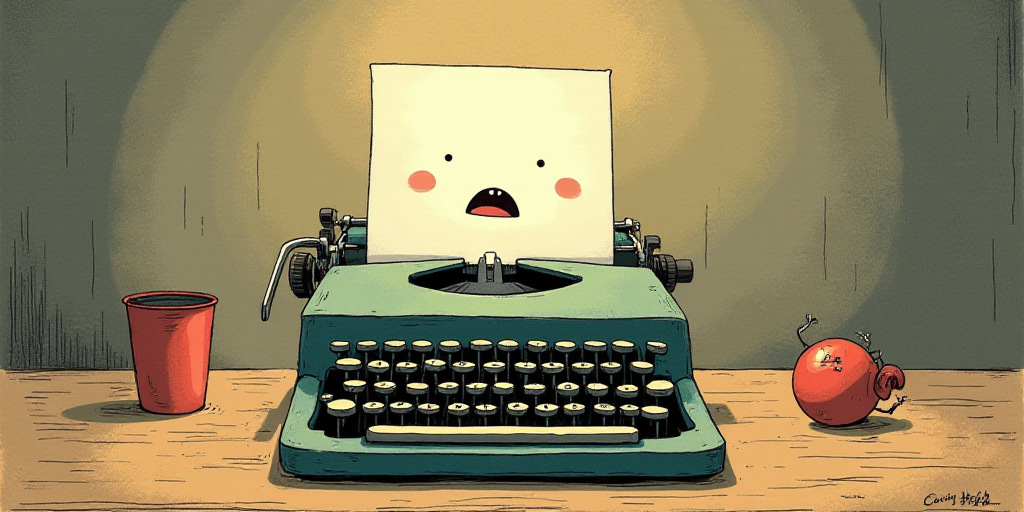Background and Context
In a surprising turn of events, Bolivia’s recent presidential election has marked the end of 23 years of dominance by the leftist Movement to Socialism (MAS) led by Evo Morales. The first round of voting saw centrist candidate Rodrigo Paz emerge as a surprise winner, alongside conservative Jorge “Tuto” Quiroga. Both candidates will now compete in the October 19 ballotage, presenting programs focused on institutional renewal, market-oriented economic opening, attracting private investment, and reducing the state’s role.
Election Overview
Historically, Bolivian elections have been decided in the first round since 2009 when the ballotage system was introduced. However, this time around, the null vote, which supported Evo Morales, reached 19%, placing fourth and showcasing the fragmentation of leftist movements.
Economic Concerns Driving the Change
Paz and Quiroga’s rise can be attributed to their proposals addressing immediate economic concerns, such as high inflation (nearly 25%), fuel shortages, boliviano depreciation in the parallel market, and restrictions on foreign currency access. These issues have deeply impacted voters.
Lara’s Impact and the 50/50 Economic Model
Lara, a former police officer, secured a significant victory in El Alto, the primary popular voting stronghold, as well as other cities and rural areas. Lara’s straightforward economic message resonated with citizens perceiving a crisis and exhaustion from the state model. His platform, the 50/50 economic model, proposed a structured break from the status quo through territorial tax redistribution, merit-based public administration, and a depoliticized judiciary. This approach garnered support from regional governments, business leaders, and urban voters.
Quiroga’s Experience and International Networks
As a former president (2001-2002), Quiroga’s experience, international connections, and emphasis on order and stability have contributed to his success.
The Road Ahead
This unexpected shift in the first round positions two candidates promising pragmatic change to overcome political centralization wear and economic uncertainty. The winner of the October 19 election will initiate a new political cycle amidst Bolivia’s worst economic crisis in decades, facing the challenge of restoring governance and regaining the confidence of economic and social actors.
Key Questions and Answers
- Who are the candidates advancing to the ballotage? Rodrigo Paz and Jorge “Tuto” Quiroga.
- What are their main proposals? Both candidates focus on institutional renewal, market-oriented economic opening, attracting private investment, and reducing the state’s role.
- Why did Evo Morales’ null vote perform well? The high null vote (19%) reflects the fragmentation of leftist movements in Bolivia.
- What economic issues drove voters’ decisions? High inflation, fuel shortages, boliviano depreciation, and currency access restrictions significantly impacted voters.
- What are Lara’s and Quiroga’s key strengths? Lara’s straightforward economic message and 50/50 model appealed to voters, while Quiroga’s experience and international networks have been crucial to his success.
- What challenges lie ahead for the winning candidate? The winner must restore governance and regain confidence from economic and social actors amidst Bolivia’s worst economic crisis in decades.






